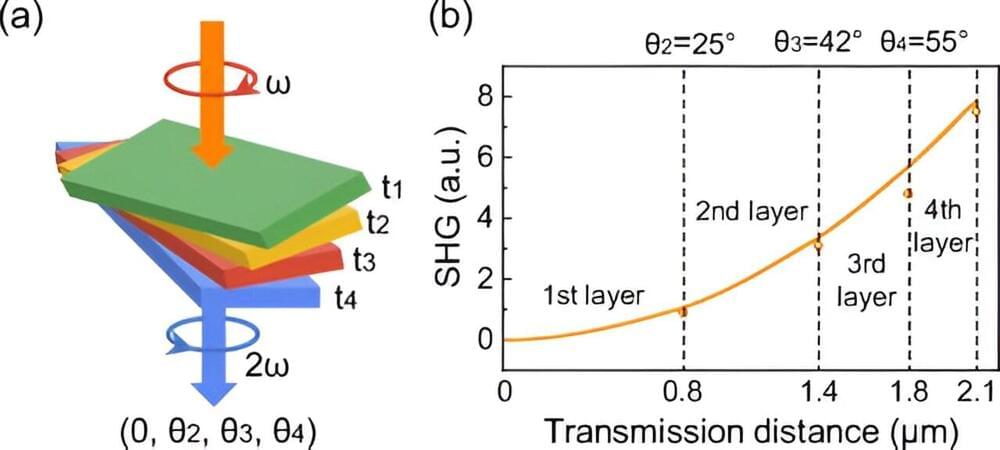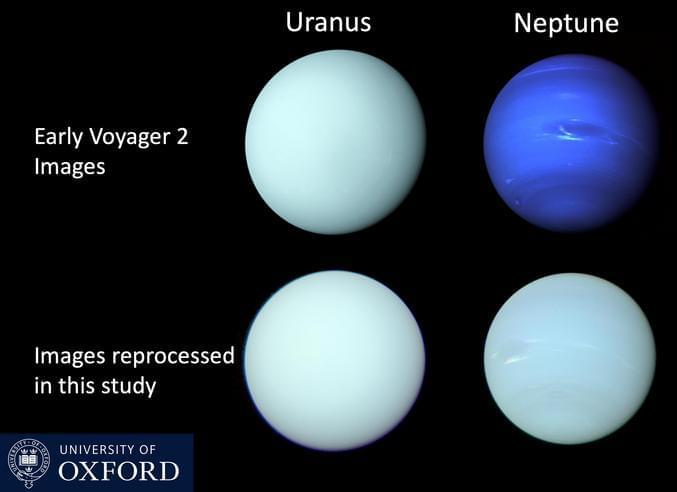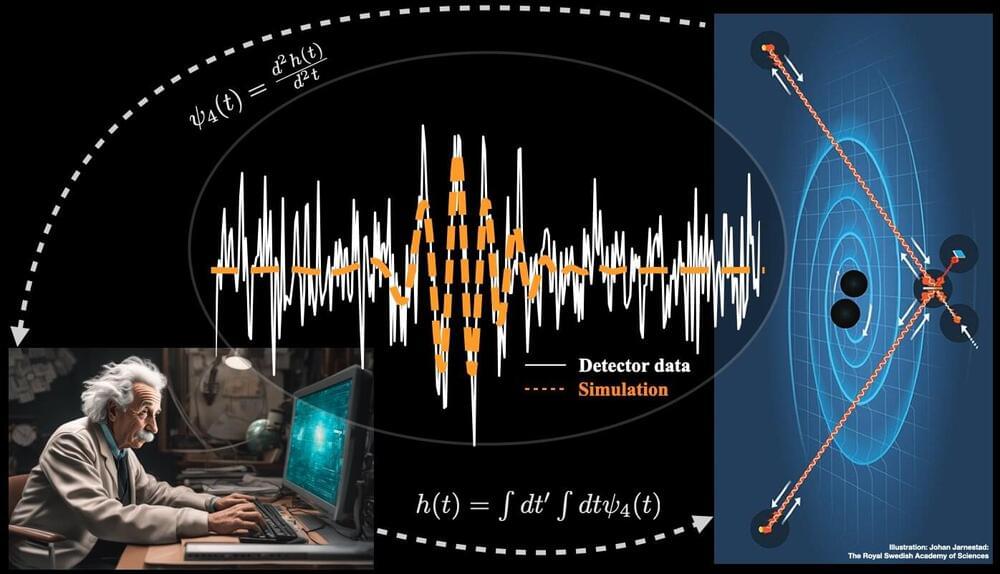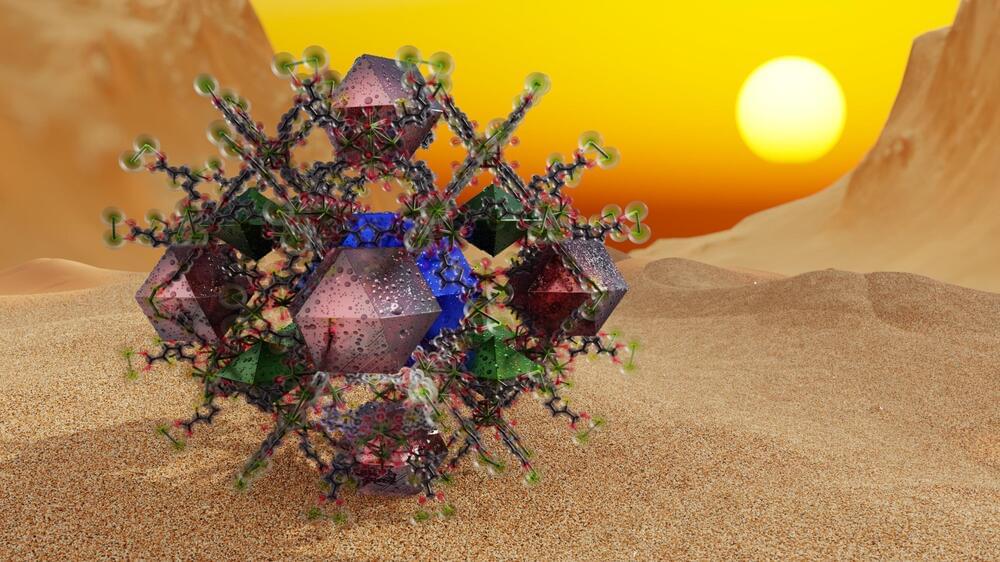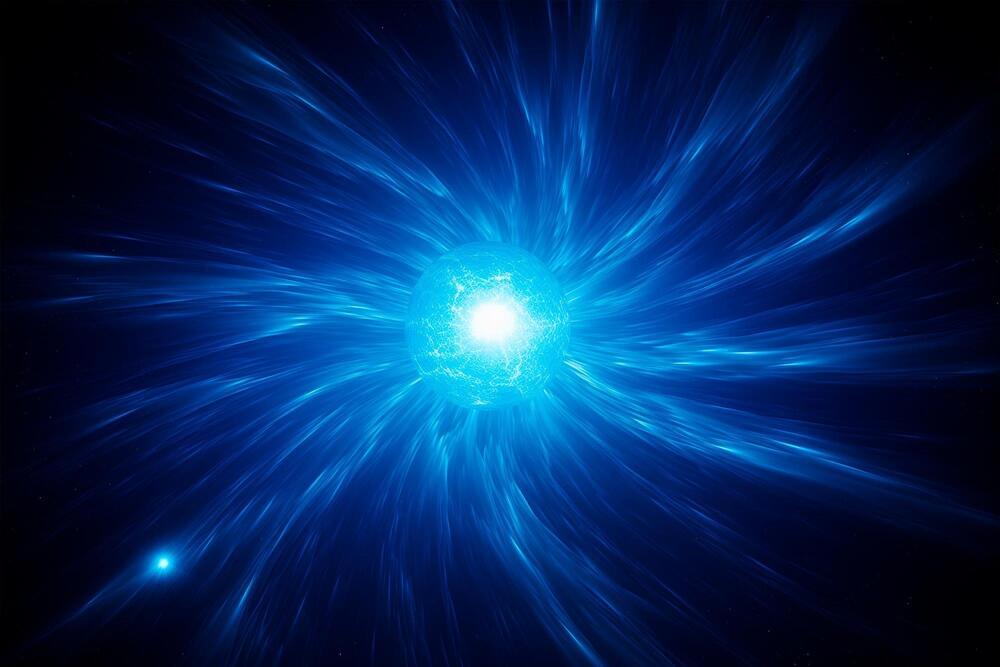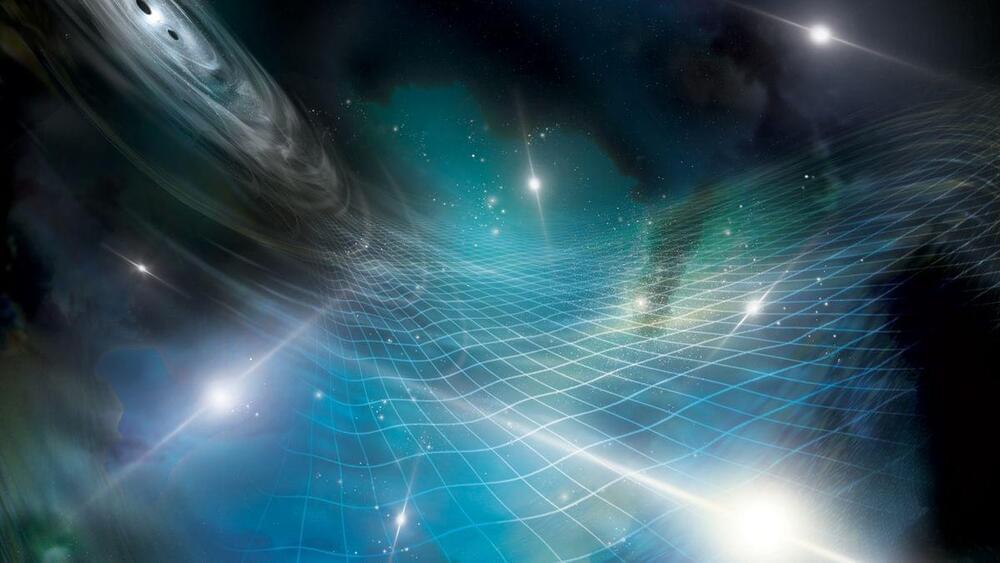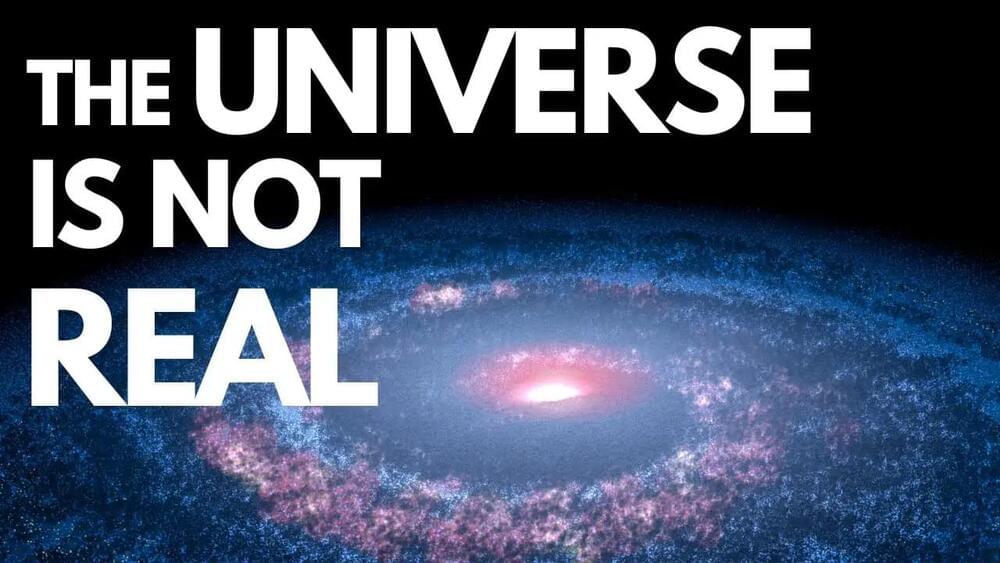Jan 9, 2024
Scientists invent ultrathin optical crystal for next-generation laser tech
Posted by Genevieve Klien in categories: energy, physics
A team of Chinese researchers used a novel theory to invent a new type of ultrathin optical crystal with high energy efficiency, laying the foundation for next-generation laser technology.
Prof. Wang Enge from the School of Physics, Peking University, recently told Xinhua that the Twist Boron Nitride (TBN) made by the team, with a micron-level thickness, is the thinnest optical crystal currently known in the world. Compared with traditional crystals of the same thickness, its energy efficiency is raised by 100 to 10,000 times.
Wang, also an academician of the Chinese Academy of Sciences, said this achievement is an original innovation by China in the theory of optical crystals and has created a new field of making optical crystals with two-dimensional thin-film materials of light elements.
